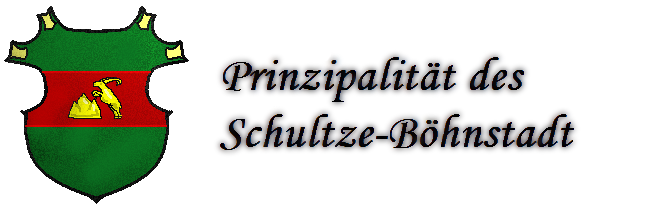Friday, August 21, 2015
Facelift
I'm currently working on the structure of the blog: it's got a new shiny header and an icon too. A series of 'wiki' posts are also written, and some are already published and accessible through the 'Basic info' page.
Saturday, August 15, 2015
Another flashback - the battle of Walsund
At the early stages of the Varangian Wars, although ultimately the war resulted in a draw and the Treaty of Glutemarknog, the Varangian army landed south of the Sjelle Islands, hoping to cleave through the Flossian heartland. It was a harsh November when the Army of Sjelle and a much smaller, but battle-hardened Varangian contingent marched on the small village of Walsund, only a few miles inland; the opposing Union and Böhnstadter armies soon arrived with a large contingent to force them back to the sea.
It was well below freezing point in the morning when the two armies took positions on two edges of the fields south of Walsund. The two lines of battle thus ran south to north. A road ran diagonally to both lines, connecting the village with the continental trading towns. The fields were broken up around the small houses, but were unattended for the coming winter. Walsund had some stone walls surrounding its main square, but otherwise consisted of only a pair of homesteads and a church with whitewashed stone walls.
The field was mostly open ground: three heights, two to the west and one to the east, rose out from the snowy plain. There were dots of woods and swampland throughout, and neither commander was sure these could be passed by the troops. The field's western edge was cut in half by thick woods and a quick stream crossing it. The stream was cold, but not frozen. A walled farmhouse was standing on the far Southern flank, and an inn rose on the eastern height. General Hvalbard Magnusson chose this spot as his HQ, although the ground before the height was the least perfect for defense.
The opposing armies turned out to be almost equal in numbers of troops. The Varangian left comprised of the veterans of the homeland. Four wings of cavalry, including the Life Guards, were posted there, but their commanders saw little opportunity to ride the enemy's flanks down as a large forest also protected the infantry. According to the Varangian tradition, the infantry was arrayed in two lines, and a lighter piece of ordnance was added to the force as a regimental gun.
On the right stood the Army of Sjelle, sporting many captured weapons and uniforms: five battalions of infantry and four wings of cavalry. Only one cavalry unit was Varangian. The islanders' force was commanded by Lukas Verger, and Brigadier General Lars Aldstern of the Gluteborg court was posted there to lead the cavalry. A Glambrian officer, Paul d'Essely, joined General Magnusson's staff, to be later given independent command of the Varangian cavalry on the left.
This arrangement was curious for the onlooker, because while the line of battle, starting on the left, took a traditional form, running northwards to the village its shape changed: in the centre, next to the inn, stood the light infantry contingent and three artillery batteries, and then, instead of a center infantry line, followed the cavalry under General Aldstern.
The Allied army's right, facing the native Varangians, was taken by the Flossian corps, with four units of cavalry including the Hussards Bleus, and four infantry battalions, including a veteran grenadier unit. Then came two units of hussars, as if creating a separate army with infantry in the center and cavalry on the flanks; then the Böhnstadter units, first three squadrons of cavalry, artillery on the northern hill, and the Jäger and line infantry mixed together and huddled up west of Walsund. The Flossian army was led by Elias von Strutzenheim, great-uncle to General Alfred von Strutzenheim (the one leading the Flossian army in the Störkburg Campaign), and the Principality troops had Marshal Eugen von Jazygia, nephew of the Princeps; or rather, would have had, had he not taken to an illness not named here to retain the good general's honour.
Wednesday, August 12, 2015
Reforming a destroyed army
While the victorious Schultze-Böhnstadt Heer walks a march of glory like ancient imperators of Rome, enlistment begins in the Flossian Union to bring up the ragged army to its original strength.
These first troops now form a mixed division instead of the usual infantry and cavalry brigades: two regiments of foot with seven battalions altogether, three battalions of Jäger, three unit of Cuirassiers and Dragoons each. The captured artillery ordnance is also replaced by Rückelburg foundries. The council of electors also hired the famous Hussards Bleus, a Glambrian unit that has been 'touring' the continent since the Varangian Wars, recruiting only the most battle-hardened cavalrymen for a rich pay.
Saturday, August 8, 2015
The Böhnstadt Muster
His Highness the Princeps Erhard Berthold of the house of Jazygia, fresh recipient of the Great and Knightly Order of Schultze-Böhnstadt, awarded by the High Chamber of the Schultze-Böhnstadt Diet for his actions leading the Karrotenbad detachment in the previous war, reviews his troops which are present near Böhnstadt Castle.
Subscribe to:
Posts (Atom)



